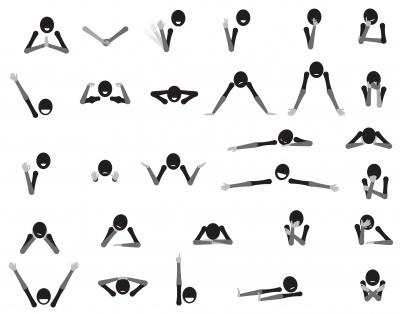
One of the most profound trends is the ongoing miniaturization and the cheapening of devices that were once bulky. Twenty years ago, the size of a gyroscopic compass was more than a cubic meter. Now they are built in a mobile phone. Especially in the area of sensors, or detectors there have been major changes. There are many different types of sensors (see the list below), but here we will pay attention to two of them:
- Motion sensors. These sensors measure acceleration forces and rotational forces along three axes. This category includes accelerometers, gravity sensors, gyroscopes, and rotational vector sensors.
- Position sensors. These sensors measure the physical position of a device. This category includes orientation sensors and magnetometers.
- Proximity sensors. These sensors are to detect the presence of nearby objects without any physical contact.
Think about the possibilities and opportunities that will arise as these electronic/mechanic sensors could replace the natural sensors in the body (biosensors) or the other way around. What could be the consequences the affordable availability of mini-sensors regarding motions and position, in 2, 5 and 10 years from now? This is called “doing a C&S”, a thinking technique devised by Edward de Bono
To give you a taste of what is coming, we offer you two examples. Perhaps you can imagine the next – not yet existing – example.
What if sensors could be used to give feedback to your body movements? What could the value be of that? Ensuring that ankles do not get in front of knees when running, to have a good posture while writing. Better memorizing physical technique, teaching athletes? Preventing back injuries in people with heavy occupations? Watch this movie about a vibrating suite.
What if a gadget for teaching people to master body language using motion, position and proximity sensors could be developed? What value could it have? Everybody seems to want to improve his or her appearance. Could it be used to analyze the body language of others? People with autism spectrum disorders who have a core difficulty with reading people and being interactive with them, could be helped. Watch this movie about RISR.
See also a post on Little Miracles
Introducing RISRRISRVimeo
Photo: “Body Language Cartoon Symbols” by smarnad
